A triac might be controlling a motor and if the triac shorted out, apart from operational safety issues, there are no fire hazards or electric shock hazards. The motor will turn just as if the triac had activated or had burned-out into a blob of conductive metal.
This means, put simply, that is doesn't matter if the physical distance across the triac is less than (say) 2mm - safety will not be jeopardized. Operational safety is another matter of course.
And of course, when controlling a triac from (say) a microcontroller you would choose to use an opto-isolator and the physical distance required across the opto needs to be substantial to significantly reduce the risk of electric shock to the guy programming the micro.


